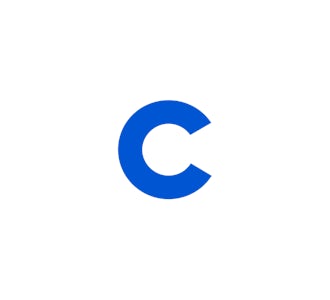![[Featured image] A smiling UX designer works on his phone and laptop in a brightly lit startup office](https://images.ctfassets.net/wp1lcwdav1p1/1nNRSeqkpDoWxTIw6dizv0/63ec7bb6ab6f65be435abece506dd18c/UX_design_skills.png?w=330&h=216&q=60&fit=fill&f=faces&fm=jpg&fl=progressive)
What Are the Essential Skills for UX Designers in 2026?
UX designers need both creative and technical skills, from prototyping to Agile workflows. This guide outlines key hard and soft skills to help UX designers grow, covering hands-on techniques and workplace abilities essential for career advancement.
May 6, 2021
Article

![[Featured Image] Two UX designers brainstorming on ideas for a website. They are surrounded by sketches of user flow and design tools. One is gesturing to the laptop that is in front of them, and the other is looking at a paper with sketches.](https://images.ctfassets.net/wp1lcwdav1p1/58d1EEgRB6Vg20G9w8PDRv/5b598c4465555ea9ae29ece632ec1373/GettyImages-2169040304.jpg?w=330&h=216&q=60&fit=fill&f=faces&fm=jpg&fl=progressive)
![[Featured image] A graphic designer sits at a table with their pink laptop in a brightly lit room](https://images.ctfassets.net/wp1lcwdav1p1/421Tx5urMn9TJYCXTK9EGI/b150030ace96dda7fa49804c437bb28a/Graphic_designer_vs_ux_designer.png?w=330&h=216&q=60&fit=fill&f=faces&fm=jpg&fl=progressive)



![[Featured image] Two coworkers with UX certification wearing black tops work on a user design (UX) project with a laptop in a conference room with a glass wall.](https://images.ctfassets.net/wp1lcwdav1p1/7dJl73aoA7QwbBwsqtIlpM/1f4c3650c83b739cc73c07350fb9f13b/UX_certification.jpg?w=330&h=216&q=60&fit=fill&f=faces&fm=jpg&fl=progressive)
![[Featured image] A UX designer wearing eyeglasses and a blue shirt draws a wireframe on a whiteboard.](https://images.ctfassets.net/wp1lcwdav1p1/585Wul8GGcz8X4duQ8ifmz/813766bae0ad07e41a7e82ecbe2439b8/ux-designer.JPG?w=330&h=216&q=60&fit=fill&f=faces&fm=jpg&fl=progressive)



